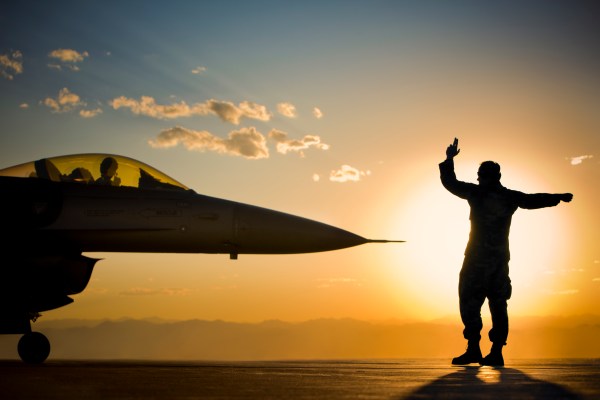Textron AirLand Scorpion
The Scorpion's $3,000 cost per hour is far less than the A-10 Thunderbolt II's operating cost of $12,000 per hour.
Following the first flight, discussions were scheduled with an unnamed foreign customer who waited until the flight to begin sales discussions. Active and reserve U.S. military components and at least one more foreign country are also interested in discussions.[4] The company claimed that interest from military and paramilitary organizations had been positive and indicated that they intend to sell the aircraft for under US$20M each.[18] Aircraft development-to-flight time was expected to take 4–5 years, but the goal of the first flight within at least 24 months was achieved. The phrase "speed is paramount" serves as impetus for the program, with the objective of creating the plane, flying it, and selling it as fast as possible to not miss market opportunities.
The Scorpion demonstrator is a tandem-seat twin engine jet aircraft with an all-composite fuselage designed for light attack and intelligence, surveillance, and reconnaissance missions. Production costs have been kept to a minimum by using components developed for Cessna business jet platforms, common technology and manufacturing resources. The flap drive mechanism is from the Cessna Citation XLS and Cessna Citation Mustang, while the aileron drive mechanism is from the Citation X.
The Scorpion is designed to be affordable, costing US$3,000 per flight hour, with a unit cost expected to be below US$20 million. Although it is a two-seat aircraft, it can be flown by a single pilot. Textron AirLand selected Cobham plc to design the cockpit, which will feature modern flat-panel displays. The aircraft will not have fly-by-wire to keep costs down and simplify the design. The demonstrator is powered by two Honeywell TFE731 turbofans producing 8,000 lb (3,600 kg) of thrust, although later versions could have different engines. Endurance is optimized for 5 hours. Except for the landing gear and engine fittings and mounts, the airframe is all-composite with an anticipated service life of 20,000 hours. The Scorpion is to have a 3,000 lb (1,400 kg) payload of precision and non-precision munitions or intelligence-collecting equipment in a simplified and reconfigurable internal bay. The 14.4 m (47 ft) wings are largely unswept and have six hardpoints. The aircraft's modular design allows for the wings to be removed and replaced by different design wings. With the internal payload bay and external hardpoints, combined weapons payload is 6,200 lb (2,800 kg).
The Scorpion is designed to be affordable, costing US$3,000 per flight hour, with a unit cost expected to be below US$20 million. Although it is a two-seat aircraft, it can be flown by a single pilot. Textron AirLand selected Cobham plc to design the cockpit, which will feature modern flat-panel displays. The aircraft will not have fly-by-wire to keep costs down and simplify the design. The demonstrator is powered by two Honeywell TFE731 turbofans producing 8,000 lb (3,600 kg) of thrust, although later versions could have different engines. Endurance is optimized for 5 hours. Except for the landing gear and engine fittings and mounts, the airframe is all-composite with an anticipated service life of 20,000 hours. The Scorpion is to have a 3,000 lb (1,400 kg) payload of precision and non-precision munitions or intelligence-collecting equipment in a simplified and reconfigurable internal bay. The 14.4 m (47 ft) wings are largely unswept and have six hardpoints. The aircraft's modular design allows for the wings to be removed and replaced by different design wings. With the internal payload bay and external hardpoints, combined weapons payload is 6,200 lb (2,800 kg).






Comment